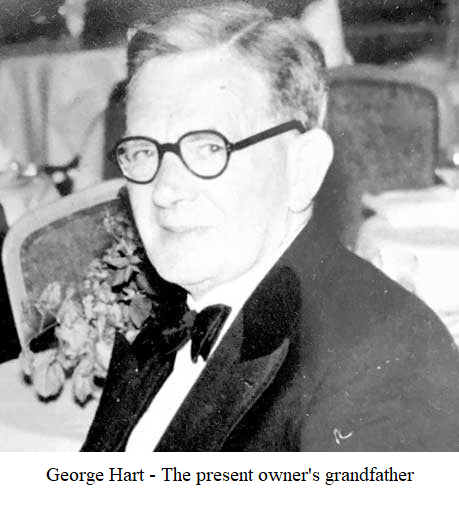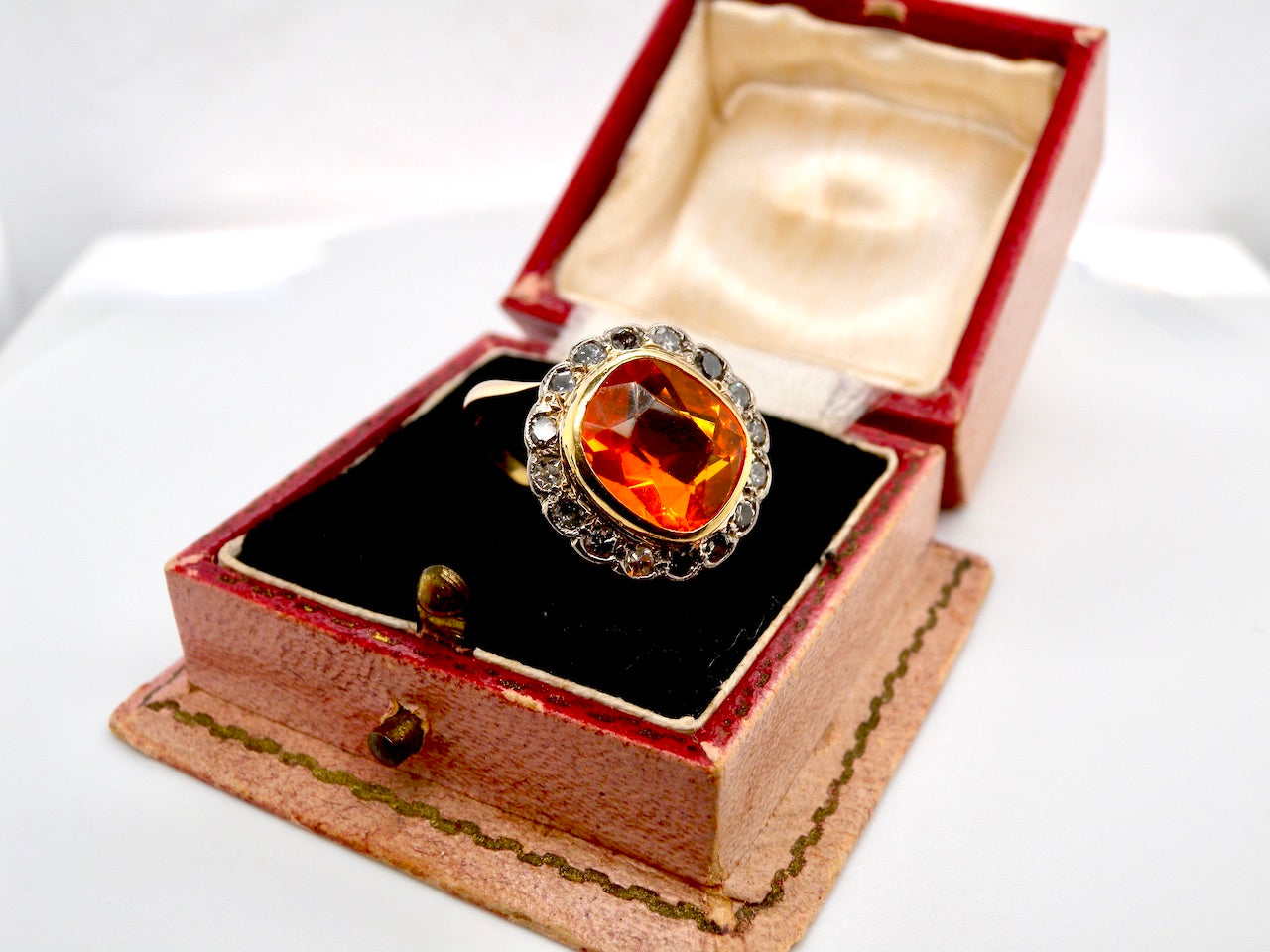Five English kings reigned during the Georgian era - four named George and one named William. The term “Georgian” refers to the English culture and art made in this period.
As far as jewellery design is concerned, even though the name of this era references mainly England, the country wasn’t the only one that had an influence on jewellery design. Georgian jewellery designs and motifs were also influenced by certain historical events that took place in Italy, Germany, and France.
Significant Features Of Georgian Jewellery
Jewellery of this era was created by handcrafters using extremely labour-intensive procedures. Gold ingots and other metals had to first be hammered into thin sheets before the craftsmen could even start creating their pieces of jewellery.
It can be difficult to find Georgian jewellery. Jewellers of the time frequently melted down pieces that they deemed out-of-date, to make new pieces that reflected current trends.
Since the assaying of gold didn’t come into effect until 1900, authentic, stamped, Georgian jewellery is nowhere to be found. The same applies to the marks that indicated the company responsible for making the jewellery – these were also only enforced in the 1900s.
Gemstones of the Georgian era were frequently set in closed back settings with foil under the stones to increase their sparkle in candlelight.
It is important that anyone fortunate enough to find such an item of jewellery understands that the delicate foil of that piece of jewellery will be ruined if it comes into contact with water.
Jewellery Metal Work In The Georgian Era
One distinctive feature of Georgian jewellery is the extremely elaborate metalwork, which could only be achieved with handcrafted pieces. In addition to this, there was no surface pitting (porosity) in these handcrafted pieces, as is frequently seen in the mass-produced jewellery of today.
The metals used most often in Georgian jewellery included silver for gemstone settings, steel, iron, 18k or higher yellow gold, as well as pinchbeck (17% zinc and 83% copper).
Metal Working Techniques
Metalworking techniques of the Georgian era included:
Repoussé – hammering malleable metal into elaborate designs and patterns, was a common technique. The need to fist hammer metal into thin sheets of uniform thickness was eliminated in 1750 when the rolling mill was invented.

Cannetille – this technique, which involved elaborate wirework designs resembling filigree embroidery, was extremely popular between 1820 and 1830

Georgian Jewellery Styles
Motifs such as crescents, flowers, bows, ribbons, feather plumes, sprays of foliage, as well as leaves, were popular in Georgian jewellery.
Glass overlays and enamelling were also much in demand.
The Baroque style, with its heavy ornateness and total symmetry, dominated until 1750, when Rococo styles, with its light, open, and asymmetric designs, emerged on the jewellery market.
Wars, as well as significant archaeological discoveries, had an influence on jewellery motifs. During the 1760s, Greek and Roman motifs depicting laurel and grape leaves and Greek keys were highly fashionable. This neo-classical jewellery of the Georgian era is in huge demand!
!798 and 1799 brought papyrus leaves and pyramids into motifs after news and discoveries of Napoleon’s Egyptian campaign became known. Fer de Berlin jewellery pieces were inspired by Napoleon’s wars in Europe.
Popular Gemstones And Cutting Styles Used In The Georgian Era
Diamonds were used primarily by jewellers until 1750 when coloured gemstones became popular once again. From then on, Georgian jewellery was set with gemstones such as rubies, diamonds, coral, topaz, agate, shell, pearls, and chrysoberyl. Paste or glass became an alternative to gemstones in 1780.
Significant cutting styles included:
- Rose Cut – round shape with a flat bottom and domed top
- Table Cut – square shapes that had flat bottoms and tops
- Cabochon – flat bottom and rounded top
- Old Mine Cut – rounded square shape with multiple facets that resembled the brilliant-cut of today
- Briolette – faceted teardrop shape
What Were The Most Popular Jewellery Items In The Georgian Era?
In Georgian times, it was extremely popular and incredibly personal, for families to have hair or memorial jewellery pieces created in memory of their loved ones.
Highly fashionable pieces also included rings in oval, rectangular, and navette shapes and girandoles – bows or ribbons, with three dangling stones.
Wearing pairs of any type of bracelets was also very trendy.
Cameos were also extremely popular. Cameos were carved into shell, agate, and coral by jewellers, and then used in rings, brooches, and necklaces.
Chokers and dog collars were trendy necklace styles.
Before pockets and purses, people would carry important items hanging from hooks or pins attached to their belts called chatelaines. These were both practical and decorative, and were a popular item for carrying writing instruments, watches, scissors, and other important items, and remained popular until the 1900s.
Also incredibly popular, were parures, which were suites of matching jewellery that were made up of convertible pieces. For instance, a necklace could be separated and worn as two bracelets, or a brooch could also be used as a pendant.
En Tremblant settings were all the rage in the Georgian period. Parts of the jewellery item were attached to a trembler so that the parts moved. Brooches and hair combs were perfect for making en Tremblant jewellery pieces. Anyone fortunate enough to acquire Georgian jewellery designed this way, intact and still functioning properly, has indeed found an incredible prize!
In Conclusion
Like many other people, you might be interested in starting a Georgian jewellery collection. Remember that, even though authentic items are difficult to find, those that do exist are professionally crafted works of art that are highly sought after by collectors! If you have the money to spare, then you can rest assured that your investment will be worth every penny!
If you have Georgian jewellery to sell then please do get in touch as we offer top prices. You can also add your item to our high traffic website for a commission based fee. click the link to see more information on how to sell your unwanted jewellery
You may also like: 10 Interesting Facts About Antique Jewellery



